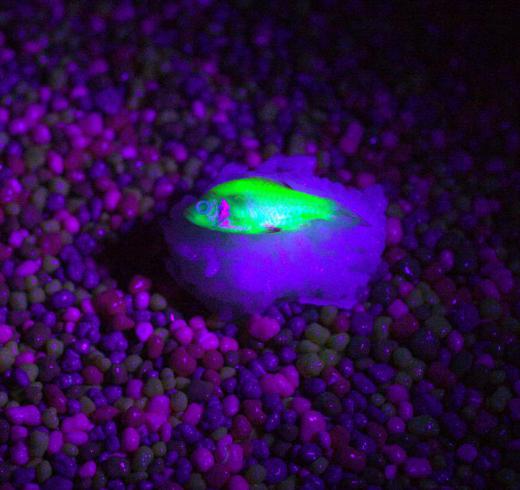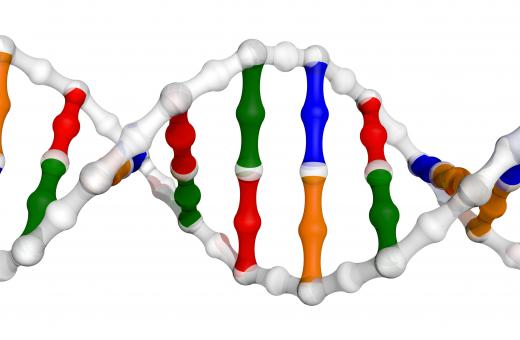What is Recombinant DNA?
Recombinant DNA is a type of DNA that is artificially created by inserting a strand or more of DNA into a different set of DNA. It is used in genetic modification to create completely new organisms by adding artificial bits or bits of DNA from other organisms to an existing creature. The term is often shortened to rDNA.
The technique for making recombinant DNA was first developed in the early-1970s by Herbert Boyer and Stanley Norman Cohen. Their original paper described a method to use this DNA to create transgenic bacteria. Their work was built on the work of Daniel Nathans, Hamilton Smith, and Werner Arber, who discovered restriction endonucleases. In 1978, the three were awarded the Nobel Prize for Medicine for this discovery.

At its most basic, it just involves putting strands of DNA together that wouldn’t otherwise appear that way. These could simply be multiple strands of cloned DNA from the same organism, combined to create something new or different. Usually, however, rDNA is thought of as referring to so-called chimeric plasmids. These are DNA molecules that contain strands from multiple animals, named after the mythological creature that contained various animal parts.

Once these plasmids have been created, they are introduced to an organism through a vehicle, the most common of which are the E. coli bacteria and subsequent derivatives. Once introduced, these plasmids replicate and can make actual changes in the organism itself manifest.
Other methods of introducing recombinant DNA bypass using a vehicle entirely. In the method known as microinjection, the new DNA is actually injected right into the nucleus of a cell, rather than having a bacterium introduce it. In the method known as biolistics, cells are hit with extremely high speed particles, usually tungsten or gold, which are coated with DNA that then essentially sticks to the cell.

Recombinant DNA is used to try to introduce very specific features into crops, bacteria, and animals, usually to make them more beneficial to humans, although sometimes simply as a demonstration of a technique, or sometimes as an artistic statement. Some well-known uses of it are to make crops drought resistant; to create new vaccines, like the Hepatitis B vaccine; to make crops naturally pest resistant; and to make the infamous GloFish, which were zebrafish that were made fluorescent.
Recumbent DNA is a common misspelling of this term, and "Recumbent DNA String Exponent" is also the name of an album by the band Endymion. Endymion is a small band from the Netherlands, with members Bart Revier, Jelle Neys, and Bas Lint. Endymion has released more than 20 singles and albums since 1998. "Recumbent DNA String Exponent" was their first album, released in early 1998 on the Supreme Intelligence label. It has only two songs on the album: "Failure" on side A, and "Judge of Darkness" on side B. It is likely that the name is an intentional misspelling, playing with the sound of the word recombinant.
AS FEATURED ON:
AS FEATURED ON:













Discussion Comments
Reminds me of Bioshock.
sounds cool. i might look into it to and it made this project so much easier.
Yeah, me too. i hate science but this article made it a lot easier.
Thanks! This helped me so much on the project I have to do! It made writing it a whole lot less stressful than I thought it would be. Thank you, wiseGEEK!
Post your comments